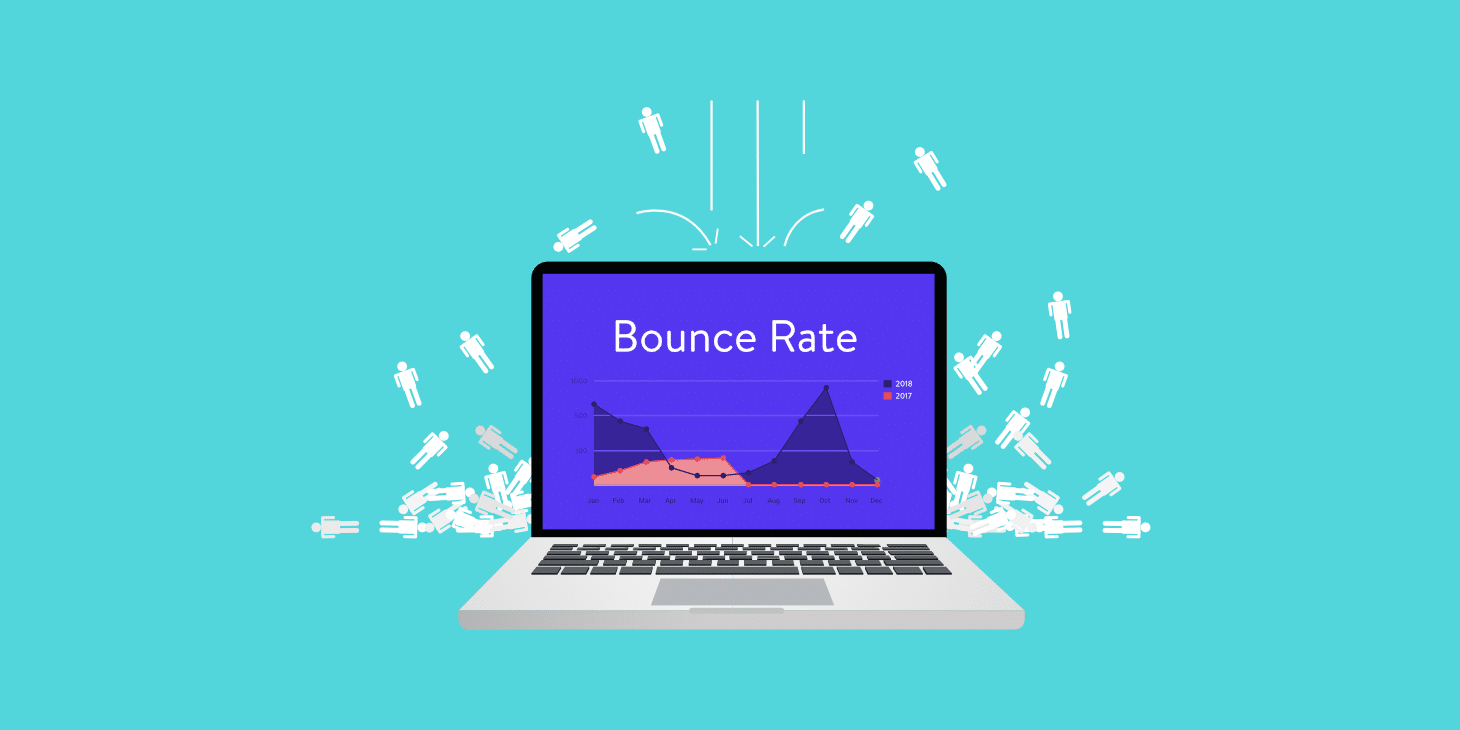There are various ways to increase page hits per visit, but one of the easiest ways is to improve your poorly performing pages. By using bounce rate data from your visitor statistics, you will be able to identify your poorly performing pages, make the appropriate changes, and watch your site’s page hits per visit increase.
A web page’s bounce rate statistics reflect the number of visitors who leave your website on a given page. The higher the bounce rate is on a particular page, the more the page could benefit from being tweaked. By finding out which pages have the highest bounce rate, you will know exactly what you could be working on to improve your overall page hits per visit.
If you are unsure about what improvements you should be making to the pages, it can be worth it to compare your pages with the highest bounce rates to your pages with the lowest bounce rates. While comparing your poorest performing pages with your best performing pages, you might be able to spot some areas that could account for the difference in performance levels.
One thing in particular that you’ll want to look out for on your poorly performing pages is a lack of options. If your readers are not presented with links to additional information on your website, it is likely that you will see a high bounce rate for the page. To remedy this common problem, simply add some links to related content elsewhere on your site. Not only will this encourage further exploration of your website, but it should also help increase your site’s page hits per visit.
There are many reasons why you may want to increase your website’s page hits per visit. Regardless of your reasons, however, you’ll be pleased to know that your site’s bounce rate statistics can be used to help you locate which pages are in need of a little help. By recognizing which of your pages are performing poorly, you will be able to take action toward correcting the problem and enjoy the benefits and satisfaction that comes from receiving more page hits per visit.








